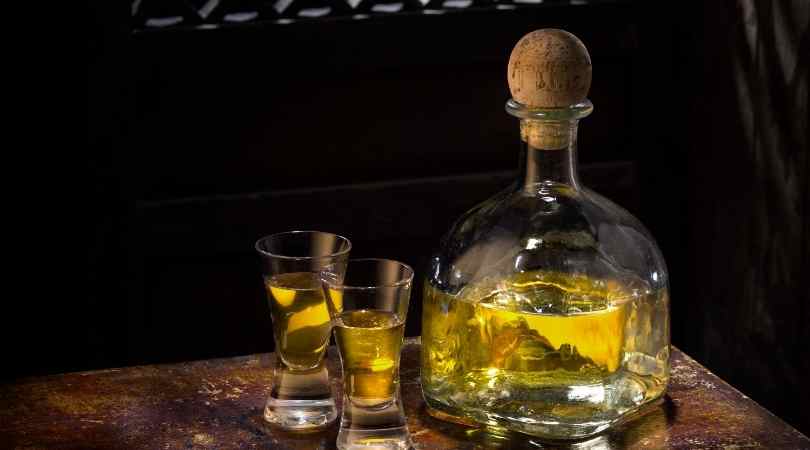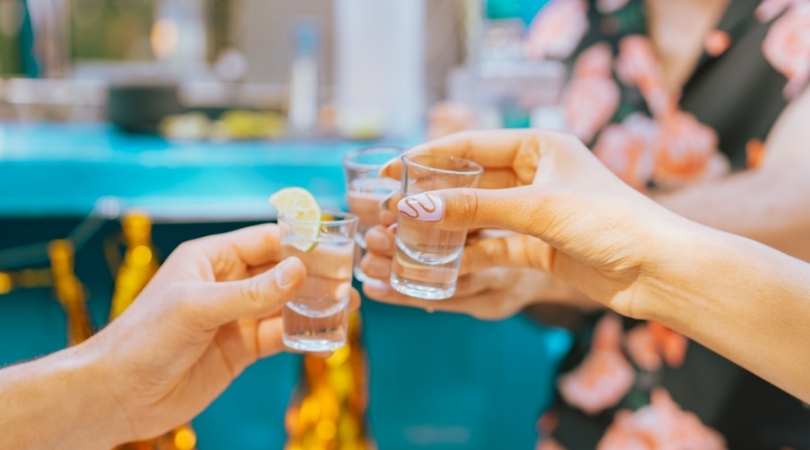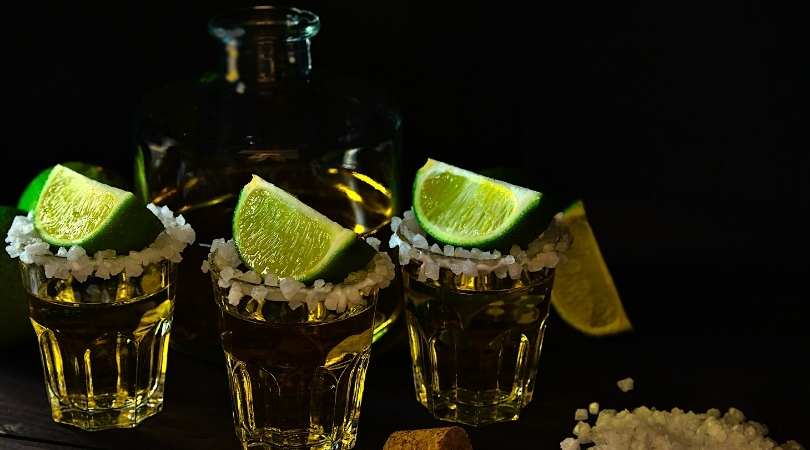Ancient Roots, Modern Spirit: A Look Into the Cultural Legacy of Tequila
July 15, 2025
Tequila is one of the world’s most celebrated spirits, enjoyed anywhere from casual gatherings to refined tasting rooms. Modern aficionados appreciate its range, and even the occasional drinker can appreciate the flavors of each sip. And, as with many other alcoholic beverages, tequila itself has quite a rich history.
Understanding why we savor this spirit today means tracing its roots to ancient techniques. Over time, local producers refined every stage of the process while still keeping true to its roots. Those same traditions and modern methods are blended by large-scale brands and boutique craft labels alike, linking each sip to a legacy as rich as the drink itself.
Before exploring modern production techniques and tasting profiles, why don’t we talk about the history of tequila and how this spirit came to be?
Rooting for Tequila
Who invented tequila?
Long before the first still emerged, indigenous peoples in central Mexico fermented pulque from the sap of maguey plants as early as 200 CE. This milky, lightly alcoholic beverage was so revered that the Aztec goddess Mayahuel and her consort, Patecatl, held central roles in pre-Hispanic cosmogony (aka dealing with the origin of the universe). Yes. That meant they were worshipped because of their connections to the drink. As one might guess, pulque rituals united communities, setting the stage for agave’s sacred status in Mexican culture.
By the 1500s, thirsty Spanish conquistadors adapted rudimentary distillation methods using earth pits and the heart of the fermented agave, making mezcal - simply because they ran out of their imported drinks. These colonial distillers refined their craft, eventually learning how to concentrate agave’s essence into a higher-proof spirit.
By around 1600, Don Pedro Sánchez de Tagle, the Marquis of Altamira, is credited with establishing one of the first large-scale distilleries in the town of Tequila (sound familiar?), Jalisco. This basically started the commercialization of mezcal.
Two centuries later, family dynasties emerged to cement tequila’s identity. In 1758, the Cuervo family began legally distilling under royal charter, followed by the Sauza family in 1873. The latter championed blue agave as the definitive raw material for tequila production. These pioneering houses introduced the categories we all know as blanco, reposado, and añejo.
Smells Like Modern Spirits
Modern appellation laws protect tequila’s authenticity. What exactly does that mean?
It means only spirits distilled from 100% Blue Weber Agave and produced within Jalisco (plus select municipalities in four neighboring states) may bear the name ‘tequila’. That’s because the volcanic soils, altitude, and even the microclimates of regions like Los Altos de Jalisco impart distinct notes to the drink - from sweet and floral to peppery and herbaceous valley varieties.
In recognition of this living landscape and its industrial heritage, UNESCO designated the Agave Landscape and Ancient Industrial Facilities of Tequila as a World Heritage Site in 2006.
In recent decades, tequila has enjoyed a resurgence among artisanal tequila brands who are rediscovering age-old methods, hence why your fave celebs are suddenly putting their name on tequila. Small estates roast piñas in wood-fired ovens, crush them under stone tahonas and ferment with wild yeast cultures.
Names like Casa Dragones, Fortaleza, and ArteNOM are big names you’ve probably heard of, but newcomers continue to experiment with limited releases that blur the line between tradition and modern creativity. Which leads us to…
Check Out - Beyond Shots: Why Tequila Is Evolving—and What That Means for You
Why SWOL is Swell
SWOL Tequila embodies this bridge between old and new. Wildcrafted in Mexico, each limited-edition release blends ancestral practices (like hand-harvesting agave hearts and small-batch distillation) with contemporary design elements.
Every hand-numbered bottle comes topped with a peel-off, sew-on patch created by a Los Angeles artist, transforming each bottle into a collectible keepsake. By integrating artisanal heritage with bold branding, SWOL invites enthusiasts to savor genuine flavors, all the while celebrating tequila’s rich culture.
More than a bottle, SWOL is a movement! Its “Friends Drinking with Friends” mantra encourages shared moments with good friends and good drinks. And, hey, isn’t that what this is all about?
Tic-Tac-Tequila
As you lift your glass, remember that every sip bridges past and present. From sun-drenched agave fields in Jalisco to your home bar, every bottle of tequila carries a legacy of care, community and craftsmanship.
So next time you share a pour with friends, raise it as a toast to the people, the places and the practices that shaped this spirit. Salud to tradition honored, innovation embraced, and the many stories yet to be told in every bottle.


View more Blogs
SWOL Añejo Tasting Notes: What You’ll Taste, Feel, and Love in Every Sip
SWOL Añejo offers a rich, handcrafted tequila experience with bold yet balanced flavors. This blog breaks down its tasting notes—think vanilla, oak, and spice—while highlighting the smooth texture and lingering warmth. Discover what makes every sip of SWOL Añejo a celebration of tradition, quality, and sensory delight.
READ BLOGHow the Best Tequila Starts in the Soil: The SWOL Agave Advantage
Great tequila begins long before the bottle—it starts in the soil. This blog explores how SWOL Tequila’s unique agave cultivation methods create exceptional flavor and quality. Discover the importance of terroir, tradition, and sustainable farming in crafting a tequila that stands apart from the rest, from root to glass.
READ BLOG

